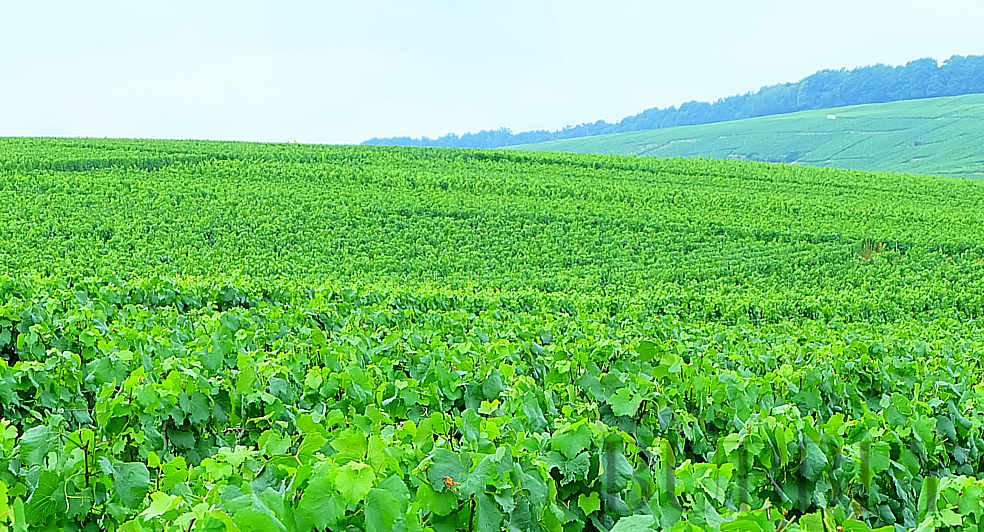Sons Of A Lesser God: Sparkling Wines From Almost Unknown Grapes: Erbaluce Di Caluso
28th August 2024

Erbaluce di Caluso or Caluso is a small denomination in Piedmont that occupies an area of 415 hectares, of which 256 can claim the Caluso DOCG denomination from the Erbaluce grape variety. The Erbaluce di Caluso or Caluso DOC was established in 1967 and obtained DOCG recognition in 2010.
We are in the morainic amphitheater of Ivrea, which consists of a glacial relief located in Canavese, a territory located in the province of Turin and more marginally in the provinces of Biella and Vercelli. The geological characteristics of this area date back to the Quaternary period when, during the glaciations, the sediments from the large glacier that crossed the Dora Baltea valley, transported towards the Po Valley, were amassed, forming a moraine about twenty kilometers long, which is the best preserved in the world but surpassed in size by a similar formation surrounding Lake Garda.
Erbaluce is considered a native grape variety, with very ancient origins: the Salassi already cultivated and vinified it.
The grape was also appreciated during Roman times, being called Alba lux or Albalux. It is believed that the current name is a local correction. The first historical records of the Erbaluce grape date back to 1606 when it was mentioned by Giovan Battista Croce, jeweler to Duke Charles Emmanuel I.
«Erbalus è uva bianca così detta, come Albaluce, perché biancheggiando risplende: fa li grani rotondi, folti e copiosi, ha il guscio, o sia scorsa dura: matura diviene rostita, e colorita, e si mantiene in su la pianta assai: è buona da mangiare, e a questo fine si conserva: fa li vini buoni e stomacali.»
«Erbalus is a white grape so called, like Albaluce, because it shines whitely: it has round, dense, and abundant berries, with a hard shell or skin: when ripe, it becomes roasted and colored, and it remains on the plant for a long time: it is good to eat, and is preserved for this purpose: it makes fine and good for stomach wines.»
Other mentions appear in 1799 in studies by the Agrarian Society of Turin, and by Gatta in 1833 in his study on Vines and Wines of the Province of Ivrea.
Probably the name refers to the golden yellow color of the berries that shine in the autumn sun: a legend tells that the grape variety was born from the tears of the nymph Albaluce, daughter of the god Sun and Alba.
The versatility of the cultivar allows it to be vinified as a dry white, sparkling, and passito. It is a variety that produces medium-sized clusters with a slightly elongated shape. The leaves are pentalobate. It has medium-sized berries, spherical in shape, with a pruinose and green-yellow skin.
The cultivation technique is the “Caluso pergola” with a row spacing of over 5 meters; pruning is done with long canes as Erbaluce does not produce fruit on the first basal buds.
The passito is obtained after a drying period in well-ventilated rooms, the so-called ‘passitaie’, where the bunches of erbaluce remain, laid out on mats or hung by the peduncle, for about 5 months; pressing takes place in March. The mention of a vineyard followed by its corresponding toponym is allowed, which must appear in the documentation.
The production of sparkling wines began in the 1960s at the Orsolani cellars.
Erbaluce di Caluso Spumante can only be produced using the Traditional Method and undergoes a second fermentation in the bottle for at least 15 months, and it is mandatory to indicate the vintage of the grape harvest. It is appreciated for its fresh and fruity notes, supported by strong acidity and subtle minerality.
Caluso Spumante DOCG from Cieck Winery was the first sparkling wine produced by the company in 1985. Remo Falconieri attended a sparkling wine course in Champagne, in Épernay. When he returned, he decided to experiment with sparkling Erbaluce, a grape that, with its lively and beautiful acidity, is well-suited to becoming a bubbly wine. In Remo’s family, it was traditional to make a homemade sparkling wine using a small wooden barrel: they called it “vin sfursà” because it spontaneously fermented in the wood until Easter when it was time to remove it from the barrel and drink it. He was a pioneer of the Traditional Method with this native grape variety. The sparkling wine has a pale straw yellow color with clear greenish reflections and a fine and persistent perlage with voluminous foam. The bouquet is dominated by the fresh and mineral sensations of the grape variety, accompanied by light notes of bread crust. On the palate, it is harmonious and with great nerve. The foam gives volume and crispness sensations. The aftertaste has a good persistence.
The Classic Method Sparkling Erbaluce di Caluso from the Ilaria Salvetti Winery is lively and fun, perfect for brightening up aperitifs with friends. This label is made with 100% Erbaluce grapes vinified with only indigenous yeasts and aged on its lees for 29 months. Straw yellow color ,fine and persistent perlage. At the nose floral and toasted aromas. The sip is fresh, agile, and very elegant.
Erbaluce di Caluso Spumante Brut ‘Masilé’ 2017 from the La Masiera Winery rests for about 36 months on the lees. It has an intense straw yellow color with golden hues and a fine and persistent perlage. It has intense, complex aromas, with notes of wildflowers and light toasted nuances. The sip is fresh, persistent, and endowed with good structure. Delicate almond note on the finish. Excellent for pairing!
![]()
Olga Sofia Schiaffino
Winelover, Sommelier, wine blogger WSET Level 3 passed with distinction. Sparkling wine addict.
